-
 Bitcoin
Bitcoin $118300
-1.72% -
 Ethereum
Ethereum $3591
-0.69% -
 XRP
XRP $3.478
-3.53% -
 Tether USDt
Tether USDt $1.001
-0.01% -
 BNB
BNB $737.7
-0.54% -
 Solana
Solana $177.3
-2.40% -
 USDC
USDC $0.9999
-0.01% -
 Dogecoin
Dogecoin $0.2538
7.04% -
 TRON
TRON $0.3256
-0.85% -
 Cardano
Cardano $0.8332
-3.48% -
 Hyperliquid
Hyperliquid $44.80
-3.30% -
 Stellar
Stellar $0.4672
-6.09% -
 Sui
Sui $3.828
-5.98% -
 Chainlink
Chainlink $18.15
-3.41% -
 Hedera
Hedera $0.2655
-7.16% -
 Bitcoin Cash
Bitcoin Cash $517.5
-0.64% -
 Avalanche
Avalanche $23.89
-2.37% -
 Shiba Inu
Shiba Inu $0.00001519
-0.45% -
 UNUS SED LEO
UNUS SED LEO $8.973
0.13% -
 Toncoin
Toncoin $3.211
-2.54% -
 Litecoin
Litecoin $103.5
-3.58% -
 Polkadot
Polkadot $4.313
-3.90% -
 Uniswap
Uniswap $10.31
0.67% -
 Monero
Monero $325.4
-2.88% -
 Bitget Token
Bitget Token $5.049
3.51% -
 Ethena USDe
Ethena USDe $1.002
0.04% -
 Pepe
Pepe $0.00001346
-2.96% -
 Dai
Dai $0.9999
-0.02% -
 Aave
Aave $322.1
-2.93% -
 Bittensor
Bittensor $411.9
-4.70%
What is Proof of Stake
Proof of Stake (PoS) secures blockchains by selecting validators based on staked coins, offering energy efficiency and economic incentives over traditional mining.
Jul 13, 2025 at 06:42 pm
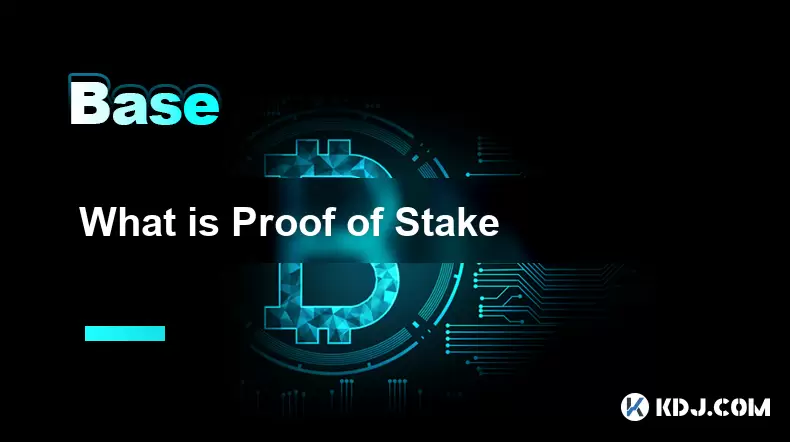
Understanding Proof of Stake (PoS)
Proof of Stake (PoS) is a consensus mechanism used by blockchain networks to achieve distributed consensus. Unlike Proof of Work (PoW), which relies on computational power to validate transactions and create new blocks, PoS selects validators based on the number of coins they hold and are willing to "stake" as collateral. This method aims to secure the network while reducing energy consumption.
Validators in a PoS system are chosen deterministically, meaning that those with a larger stake have a higher chance of being selected to forge or validate the next block. However, many PoS systems incorporate randomness to ensure fairness and prevent centralization around the wealthiest participants.
How Does Proof of Stake Work?
In a PoS-based blockchain, users can become validators by locking up a certain amount of cryptocurrency as a stake. This process typically involves depositing funds into a designated smart contract or wallet. Once staked, the user becomes eligible to be selected for validating new blocks.
- Validators are chosen using algorithms that consider factors such as the size of the stake and the duration it has been held
- When a validator is chosen, they verify transactions in the block and add it to the blockchain
- In return for their service, validators receive block rewards and transaction fees
- If a validator acts dishonestly or fails to perform their duties, they may face penalties known as slashing
This model reduces the need for resource-intensive mining and encourages long-term commitment from participants who have a vested interest in the network’s success.
Comparison Between PoS and PoW
The primary difference between Proof of Stake and Proof of Work lies in how they achieve consensus. While PoW requires miners to solve complex mathematical puzzles, PoS uses economic incentives tied to token ownership.
- Energy Consumption: PoW consumes significantly more electricity due to mining hardware requirements, whereas PoS is far more energy-efficient
- Security Model: PoW secures the network through computational work, while PoS secures it through financial commitment
- Centralization Risks: PoW tends to centralize around mining pools, but PoS can also centralize if a few stakeholders dominate
- Attack Vectors: A 51% attack in PoW is costly but possible, while in PoS, attackers would need to own 51% of the total supply, making it economically impractical
These distinctions make PoS an attractive alternative, especially for large-scale networks aiming for sustainability and scalability.
Popular Blockchains Using Proof of Stake
Several major blockchain platforms have adopted Proof of Stake or hybrid models combining PoS with other mechanisms:
- Ethereum 2.0: Ethereum transitioned from PoW to PoS with its Beacon Chain upgrade, allowing users to stake ETH and participate in validation
- Cardano (ADA): Uses a variant of PoS called Ouroboros, focusing on scalability and security
- Polkadot (DOT): Implements a Nominated Proof-of-Stake (NPoS) system where stakeholders nominate validators
- Solana (SOL): Combines PoS with Proof of History (PoH) for faster transaction finality
Each platform customizes PoS to suit its specific needs, demonstrating the flexibility and adaptability of this consensus mechanism.
How to Participate in Staking
Participating in staking typically involves several steps:
- Choose a blockchain that supports PoS and offers staking rewards
- Acquire the native cryptocurrency required for staking
- Select a compatible wallet or staking platform
- Transfer funds to the wallet and initiate the staking process
- Monitor your stake regularly for rewards and potential slashing events
Some platforms allow users to delegate their stake to professional validators without running their own node. This method is ideal for users who lack technical expertise or sufficient funds to run a full validator node.
Stakers should also understand unbonding periods, during which their funds are locked and cannot be withdrawn immediately after unstaking.
Frequently Asked Questions About Proof of Stake
What happens if a validator misbehaves in a PoS system?
Validators found acting maliciously or failing to follow protocol rules can face slashing, where a portion of their staked tokens is forfeited as a penalty.
Can I unstake my tokens anytime in a PoS system?
Most PoS systems impose unbonding periods, ranging from days to weeks, during which staked tokens cannot be accessed. This delay prevents sudden withdrawal that could destabilize the network.
Is Proof of Stake more secure than Proof of Work?
Security depends on implementation. While PoW has a proven track record, PoS introduces economic disincentives against attacks, making them financially unattractive. Both have trade-offs depending on network design.
Does staking require technical knowledge?
While running a validator node does require technical expertise, many platforms offer delegation services that allow users to stake indirectly without managing infrastructure themselves.
Disclaimer:info@kdj.com
The information provided is not trading advice. kdj.com does not assume any responsibility for any investments made based on the information provided in this article. Cryptocurrencies are highly volatile and it is highly recommended that you invest with caution after thorough research!
If you believe that the content used on this website infringes your copyright, please contact us immediately (info@kdj.com) and we will delete it promptly.
- XRP Mining for Passive Wealth: Is It the 2025 Crypto Gold Rush?
- 2025-07-19 22:50:12
- India's Wealthy Embrace Crypto: A New Era of Digital Investment
- 2025-07-19 22:30:12
- XRPL's TVL Surge: DeXRP's Ambitious DEX and SUI's Rise
- 2025-07-19 22:50:12
- Donkey Kong Ranked Games: From Arcade King to Switch 2 Bananza!
- 2025-07-19 22:30:12
- Shiba Inu, Ethereum Classic, and Remittix: Which Crypto Will Dominate?
- 2025-07-19 20:48:26
- TOKEN6900 Presale Heats Up: The Meme Coin to Watch in 2025
- 2025-07-19 20:48:27
Related knowledge

What is the Inter-Blockchain Communication Protocol (IBC)?
Jul 19,2025 at 10:43am
Understanding the Inter-Blockchain Communication Protocol (IBC)The Inter-Blockchain Communication Protocol (IBC) is a cross-chain communication protoc...

What is the "crypto trilemma" of scalability, security, and decentralization?
Jul 19,2025 at 06:28pm
Understanding the Concept of the Crypto TrilemmaThe crypto trilemma refers to the challenge of simultaneously achieving scalability, security, and dec...
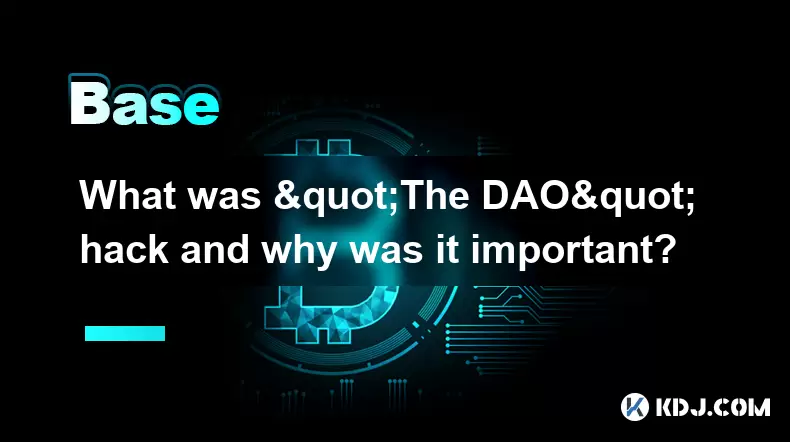
What was "The DAO" hack and why was it important?
Jul 19,2025 at 09:08pm
Background of 'The DAO''The DAO' (Decentralized Autonomous Organization) was a venture capital fund built on the Ethereum blockchain, launched in Apri...
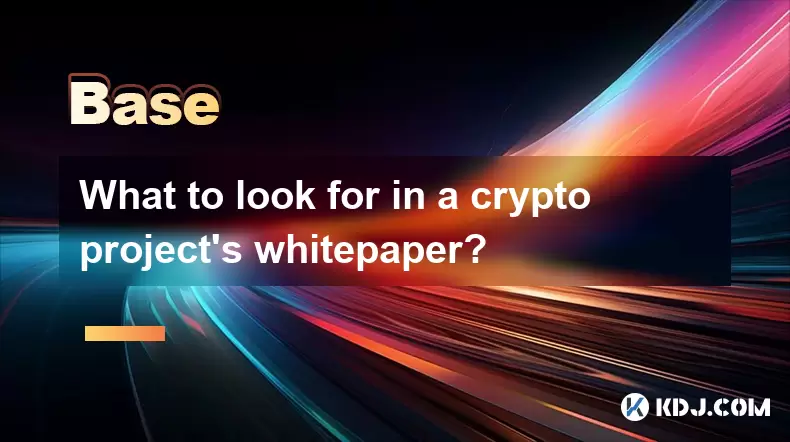
What to look for in a crypto project's whitepaper?
Jul 19,2025 at 01:42pm
Understanding the Purpose of a WhitepaperA whitepaper is a foundational document for any cryptocurrency project, often serving as the first point of c...
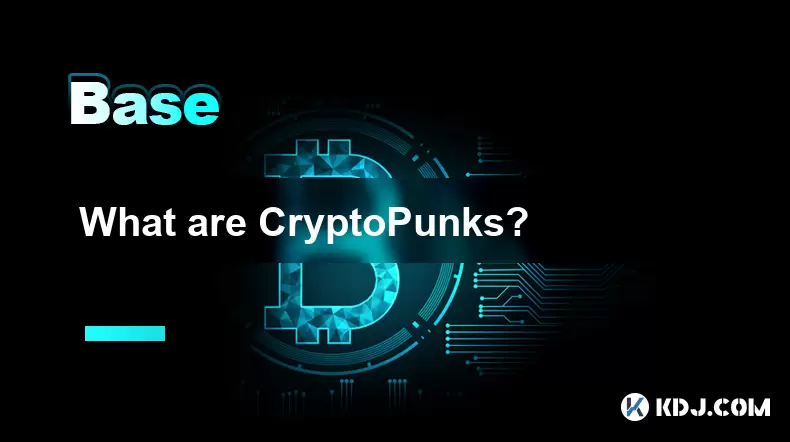
What are CryptoPunks?
Jul 19,2025 at 08:28am
Understanding the Basics of Bitcoin MiningBitcoin mining is the process through which new Bitcoin is introduced into circulation and transactions are ...
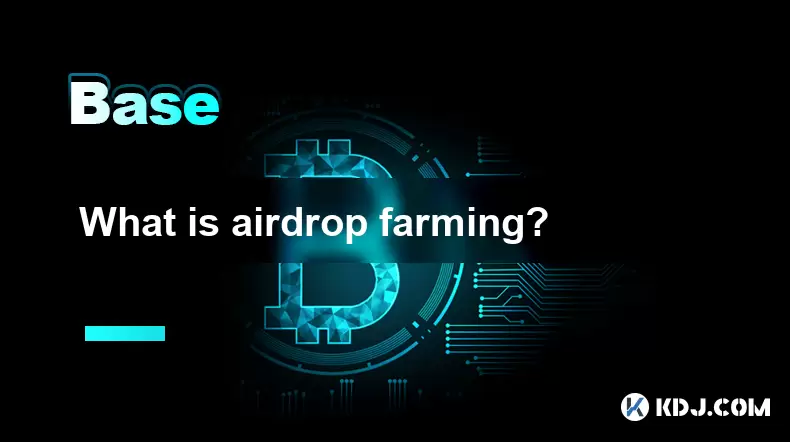
What is airdrop farming?
Jul 19,2025 at 03:56am
What Is Airdrop Farming?Airdrop farming is a term that refers to the process of accumulating tokens or coins through participating in airdrops and yie...

What is the Inter-Blockchain Communication Protocol (IBC)?
Jul 19,2025 at 10:43am
Understanding the Inter-Blockchain Communication Protocol (IBC)The Inter-Blockchain Communication Protocol (IBC) is a cross-chain communication protoc...

What is the "crypto trilemma" of scalability, security, and decentralization?
Jul 19,2025 at 06:28pm
Understanding the Concept of the Crypto TrilemmaThe crypto trilemma refers to the challenge of simultaneously achieving scalability, security, and dec...

What was "The DAO" hack and why was it important?
Jul 19,2025 at 09:08pm
Background of 'The DAO''The DAO' (Decentralized Autonomous Organization) was a venture capital fund built on the Ethereum blockchain, launched in Apri...

What to look for in a crypto project's whitepaper?
Jul 19,2025 at 01:42pm
Understanding the Purpose of a WhitepaperA whitepaper is a foundational document for any cryptocurrency project, often serving as the first point of c...

What are CryptoPunks?
Jul 19,2025 at 08:28am
Understanding the Basics of Bitcoin MiningBitcoin mining is the process through which new Bitcoin is introduced into circulation and transactions are ...

What is airdrop farming?
Jul 19,2025 at 03:56am
What Is Airdrop Farming?Airdrop farming is a term that refers to the process of accumulating tokens or coins through participating in airdrops and yie...
See all articles

























































































